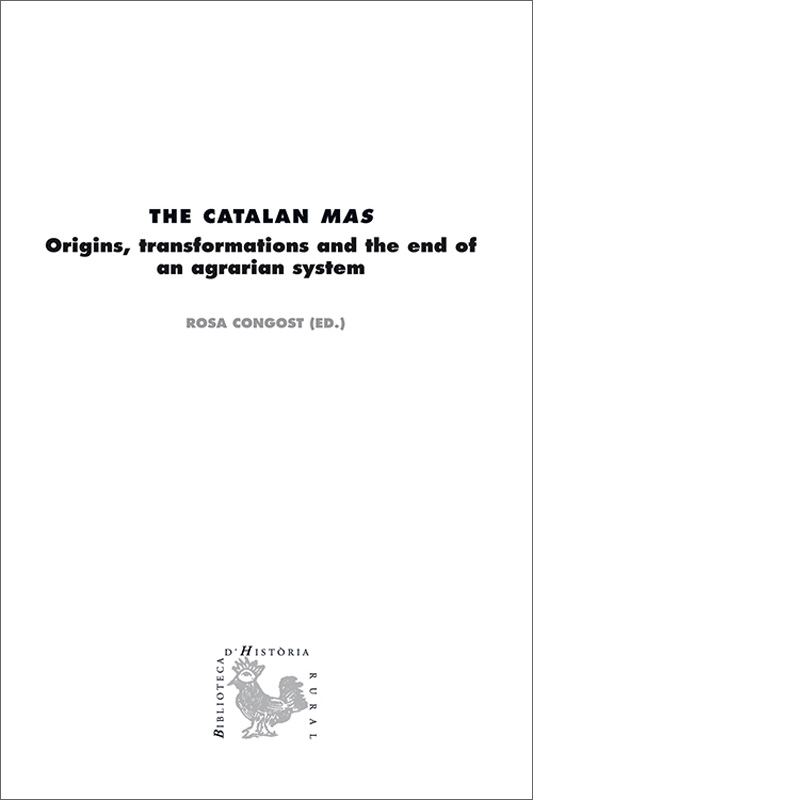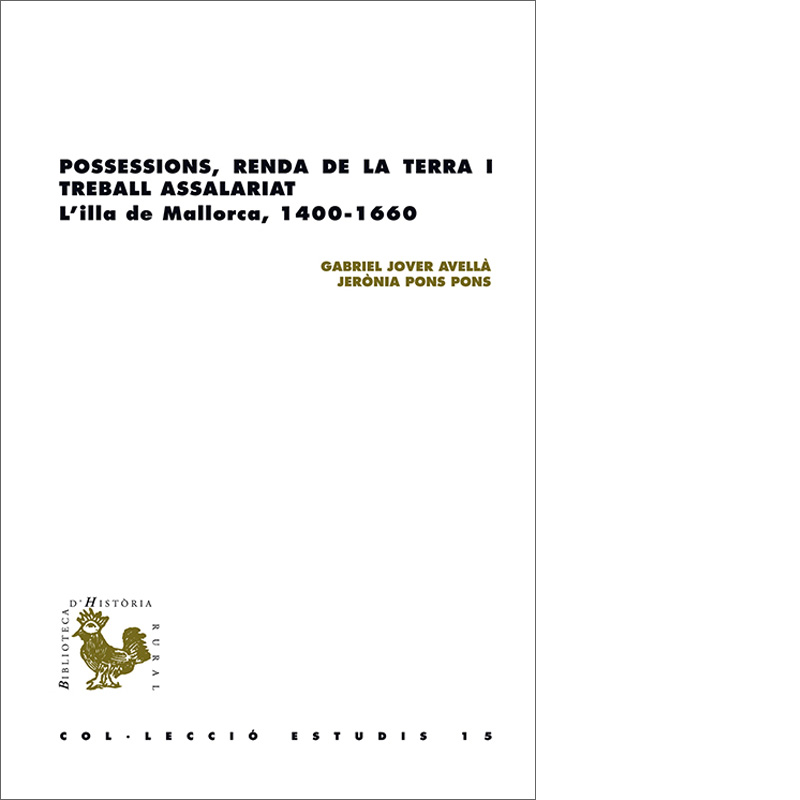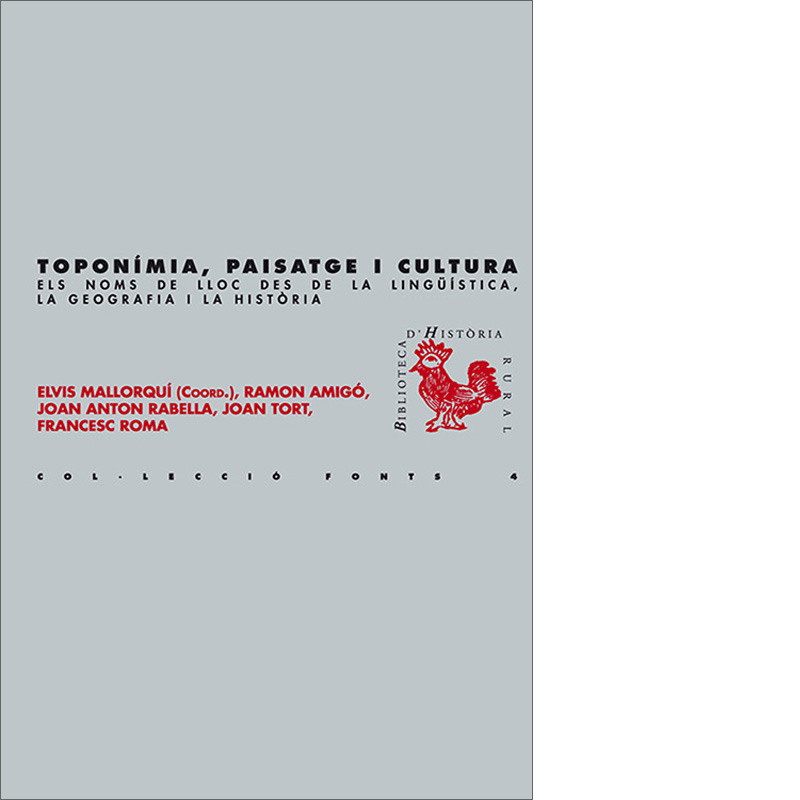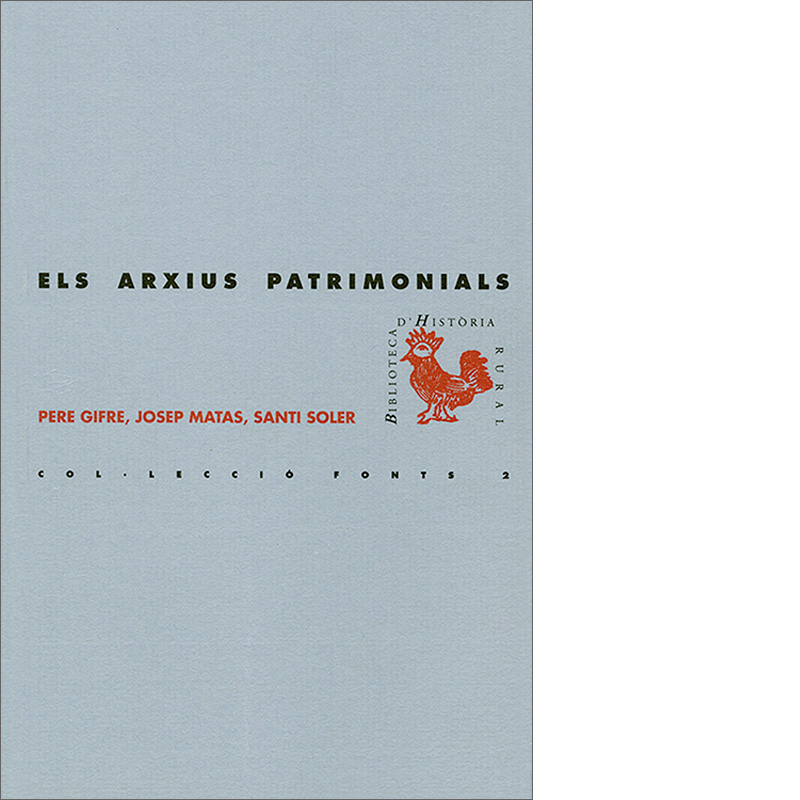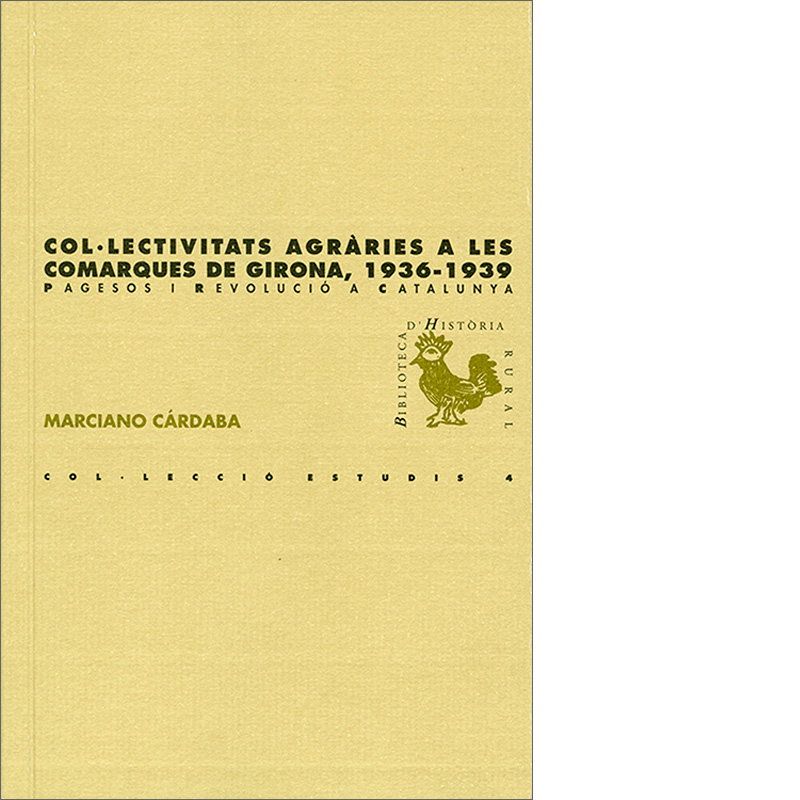Description
Anyone who travels today through the Catalan territory will be drawn to several farmhouses that not only show their age, but the characteristic features of a wealthy peasantry. If they are on a leisure trip, it is even possible that they have a meal or even spend some nights in one of these houses, and perhaps in that solitude, they will be able to admire the wild nature that surrounds them. But this way of life also seems to suggest that things were not always the same. Catalan masos were specific operating units around which men articulated and rearranged the Catalan agricultural, livestock, and forested areas for centuries. In fact, in many of these farmhouses the accumulated documents reveal the remença, that is, the servile origins of their holders. The same holders that would constitute a sort of rentier aristocracy in the nineteenth century, thanks to the work of masovers. In this book, which was made possible thanks to the richness of the archives of the region, some members of the Centre de Recerca d'Història Rural of the Universitat de Girona aim to get the reader acquainted with the main historical processes that shaped and differentiated masos from the early Middle Ages until today. That is, from the birth of an agricultural system to its end.


